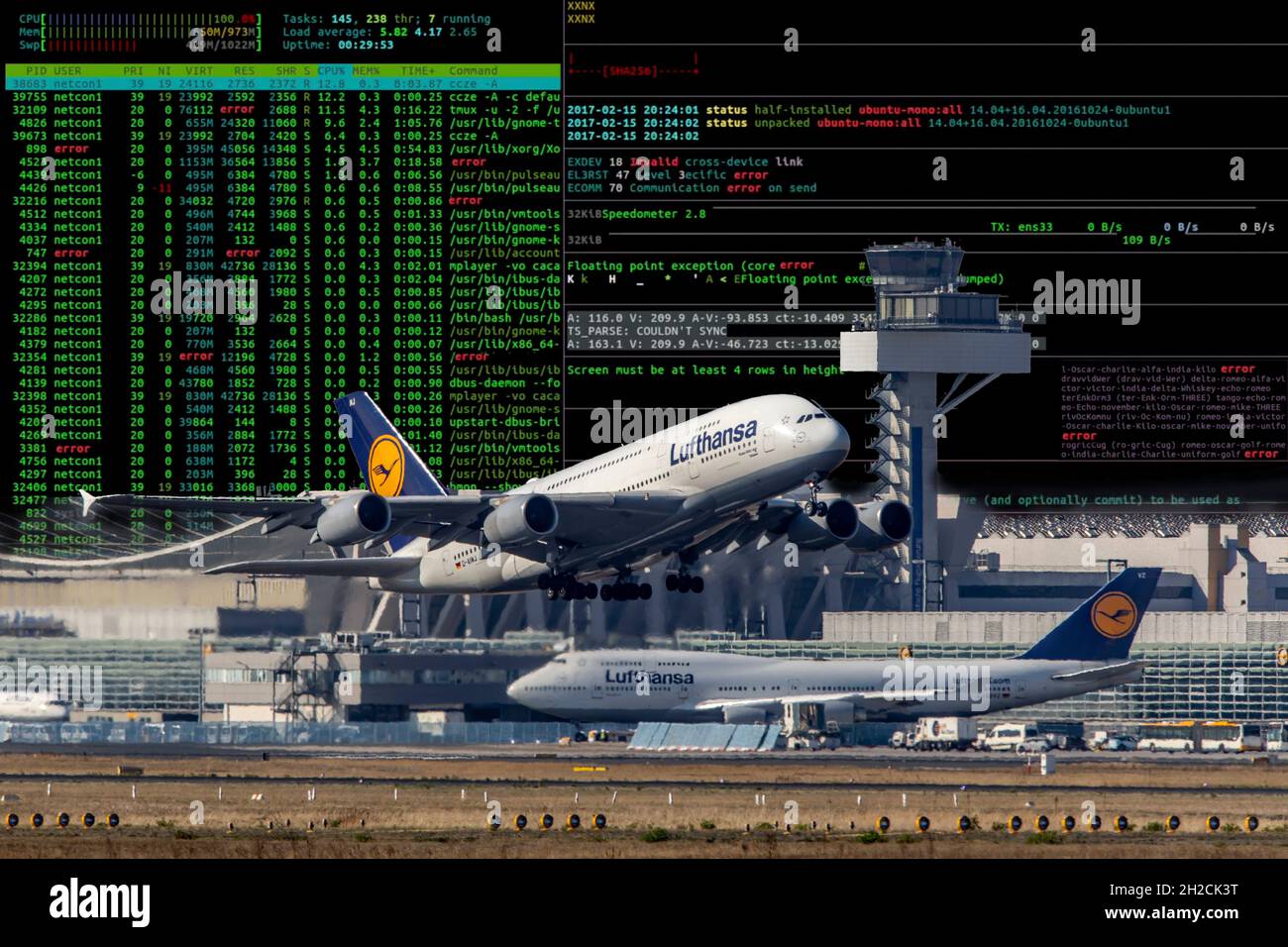Legislation is a set of rules and laws that regulate relations between people in a country or in a particular sector such as the aviation industry. Aerial crimes were taken into account later the first series of aircraft hijackings in the U.S. began when a passenger on a flight to Key West, FL, forced the pilot to fly to Cuba on May 1, 1961. This brought a lot of uncertainty because they realized that the lives of many people could be threatened again. Bill S. 2268 — Public Law 87-197, approved September 5, 1961, is designed to combat recent aircraft hijackings, by applying Federal criminal law to crimes committed on aircraft in air commerce. Some previous incidents made them look at the need to create additional laws to cover these crimes related to airplanes. There are Federal laws as well as State laws that are now applicable in many instances; however, few specifically meet the unique problems including the venue problem, which arises while aircraft are in flight. For a long time, the failure of states to extend their criminal laws to their aircraft while they were outside national territory posed a serious problem. As long as an aircraft is flying in the national airspace of some state, the law of that state is applicable. When a crime has been committed during an international flight, however, there may be difficulty in pinpointing when and where it occurred and hence in determining the state of the law which has been violated (Cheng, n.d).
This bill supplements crimes of violence committed within the jurisdiction of the United States, whether maritime or terrestrial as defined by sections 113, 114, 111-13, 1363, or 2111 of title 18, United States Code. But in this case, air protection is added to air commerce. The subject of title 18 is crime and criminal procedures while the subject of title 49 is transportation. Both inform about the consequence of hijack or piracy. Aircraft piracy means seizing or exercising control of an aircraft in the special aircraft jurisdiction of the United States by force, violence, threat of force or violence, or any form of intimidation, and with wrongful intent. According to the bill, any person who obtains or attempts to obtain control of an aircraft by unlawful force or threat of force will be subject to a fine of not more than $10,000 or imprisoned for not more than 20 years, or both. If the act was committed with the use of a dangerous weapon, imprisonment may be for life but not less than 20 years, or by death if the jury so directs. One who assaults intimidates, or threatens to interfere with a flight crew member in a way to interfere with his duties to safely operate the aircraft will be subject to a fine of up to $10,000 or imprisonment for not more than 20 years, or both. If a deadly or dangerous weapon is used, the penalty may be imprisonment for life but not less than 20 years (John F. Kennedy Presidential Library and Museum Articles, n.d).
These laws were made to prevent any tragedy in the air and punish people who act that way. I believe that with this it was possible to increase the security of the aeronautical operations and of the people involved. Unfortunately, another event occurred on September 11, 2001, when airplanes were hijacked and crashed. With this event, the government increased, even more, security so that these events do not happen again.
References
Cheng, B. (n.d). Acts and occurrences on board aircraft. Britannica. https://www.britannica.com/topic/air-law/Hijacking
John F. Kennedy Presidential Library and Museum Articles. (n.d). Legislative summary: Aviation. John F. Kennedy Presidential Library and Museum. https://www.jfklibrary.org/archives/other-resources/legislative-summary/aviation

